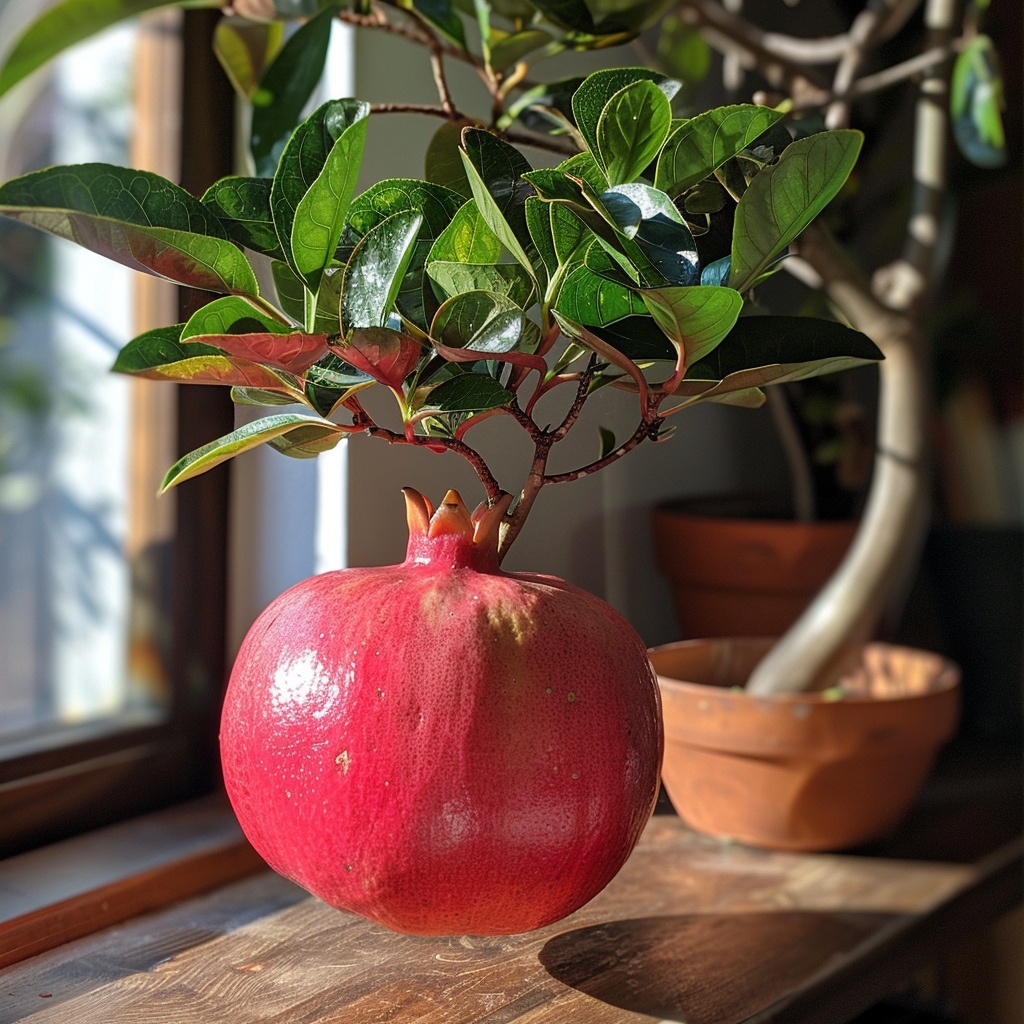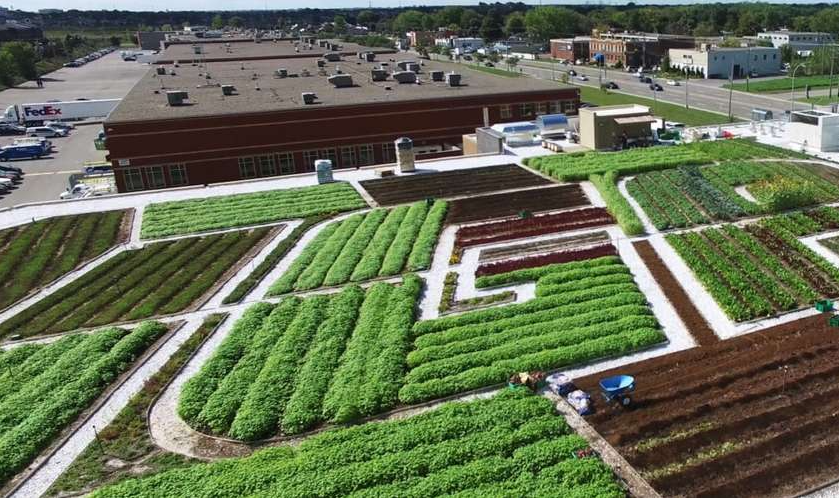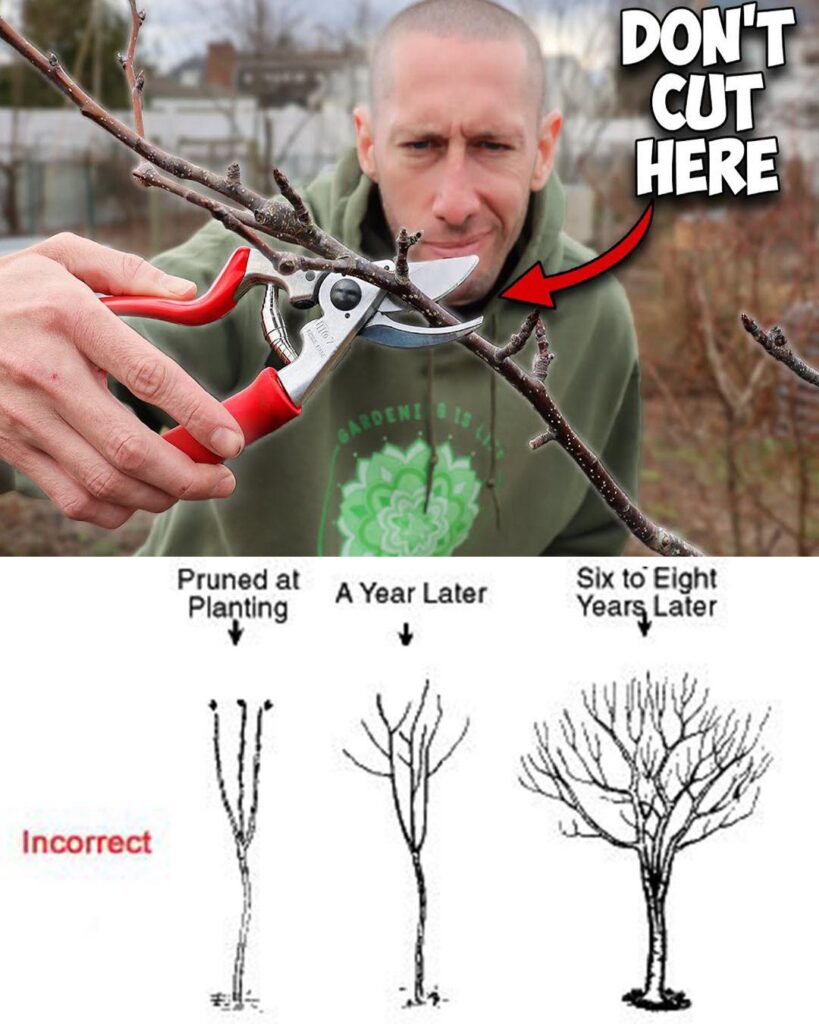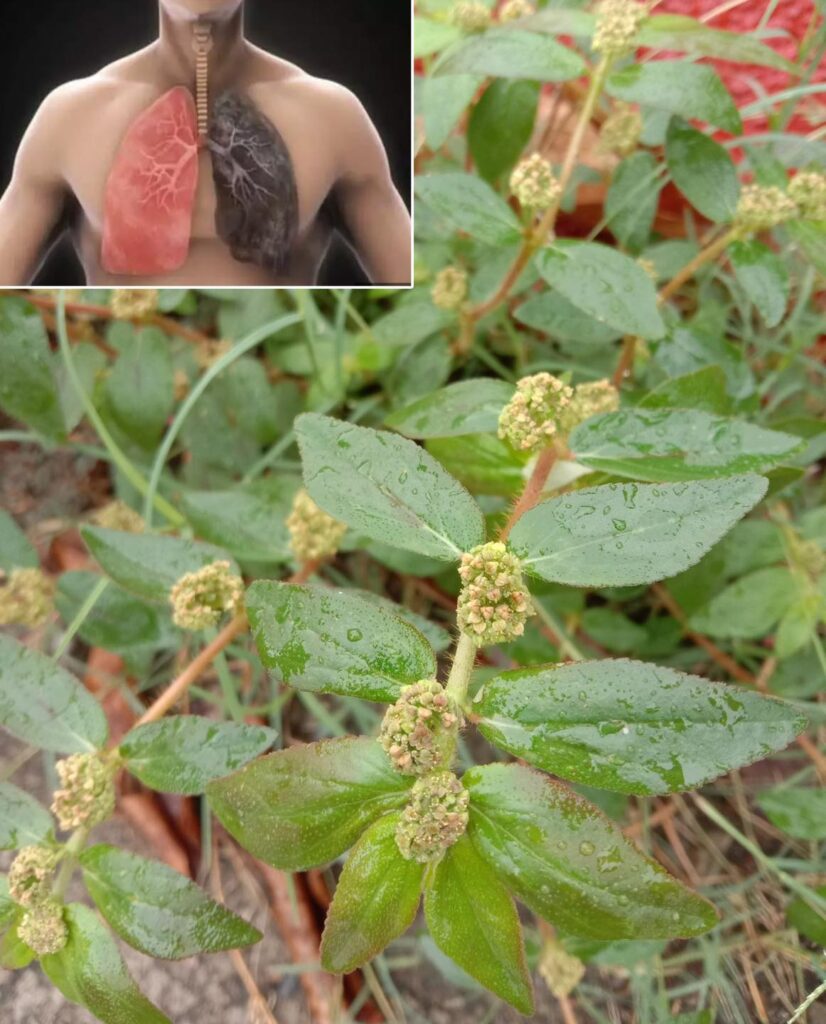Growing Dwarf Pomegranate from seed at home is a delightful adventure that brings a taste of the exotic to your indoor or outdoor garden. The Dwarf Pomegranate, a smaller version of its larger relatives, is perfect for container gardening or small spaces. With some patience and TLC, you can cultivate your very own Dwarf Pomegranate plants from seed. Here’s a step-by-step guide, sprinkled with personal tips, to help you kickstart this exciting gardening journey.
- Collecting Seeds: Start by obtaining seeds from a reputable supplier or from a Dwarf Pomegranate fruit. Make sure the fruit is from a dwarf variety to ensure similar characteristics in your plant. Clean the seeds thoroughly by removing any pulp, and soak them in lukewarm water overnight to soften the outer seed coat.
- Seed Germination: Prepare a well-draining seed starting mix using peat, perlite, and vermiculite. Plant the seeds about ¼ inch deep in small pots or seed trays, placing two seeds per pot to increase germination chances. Keep the soil consistently moist and cover the pots with plastic wrap or a clear lid to create a mini greenhouse effect. Place the pots in a warm, bright spot away from direct sunlight, such as near a windowsill.
- Care During Germination: Monitor the soil moisture daily and mist with water as needed to keep it moist. Germination can take anywhere from 1 to 6 weeks, so be patient and give the seeds time to sprout.
- Post-Germination: Care Once the seedlings emerge, thin them to keep only the stronger seedling in each pot. Provide plenty of light, either from a south-facing window or with a grow light, and water the seedlings when the top inch of soil feels dry. Avoid over-watering to prevent root rot.
- Transplanting: When the seedlings reach about 3-4 inches tall and have a couple of true leaves, transplant them into larger pots filled with well-draining potting mix. A 6-8 inch pot with drainage holes is ideal for each seedling.
- Long-Term Care: Feed your Dwarf Pomegranate with a balanced, water-soluble fertilizer every 4-6 weeks during the growing season. Prune the plant to shape it and encourage bushier growth, focusing energy on fruit production. During winter, bring the plants indoors if you live in a cooler climate and reduce watering to accommodate dormancy.
- Flowering and Fruiting: With proper care, your Dwarf Pomegranate should start flowering in its second year. The vibrant orange-red flowers are a sight to behold and a sign of fruit to come. Although it may take a few years for the plant to bear fruit, the wait is well worth it for the delicious harvest.
Growing Dwarf Pomegranate from seed is a rewarding journey filled with challenges and triumphs. Enjoy the process of nurturing your plant from seed to fruit, and revel in the lush beauty it adds to your garden.



